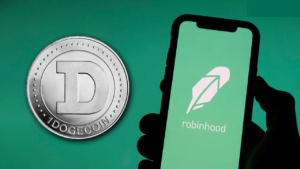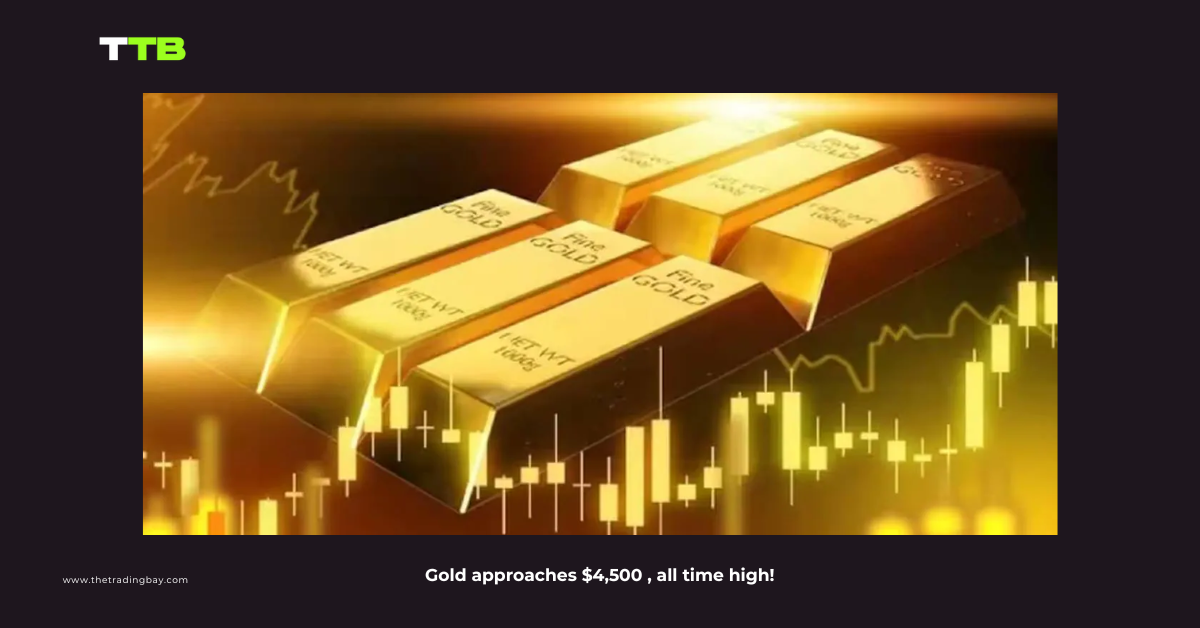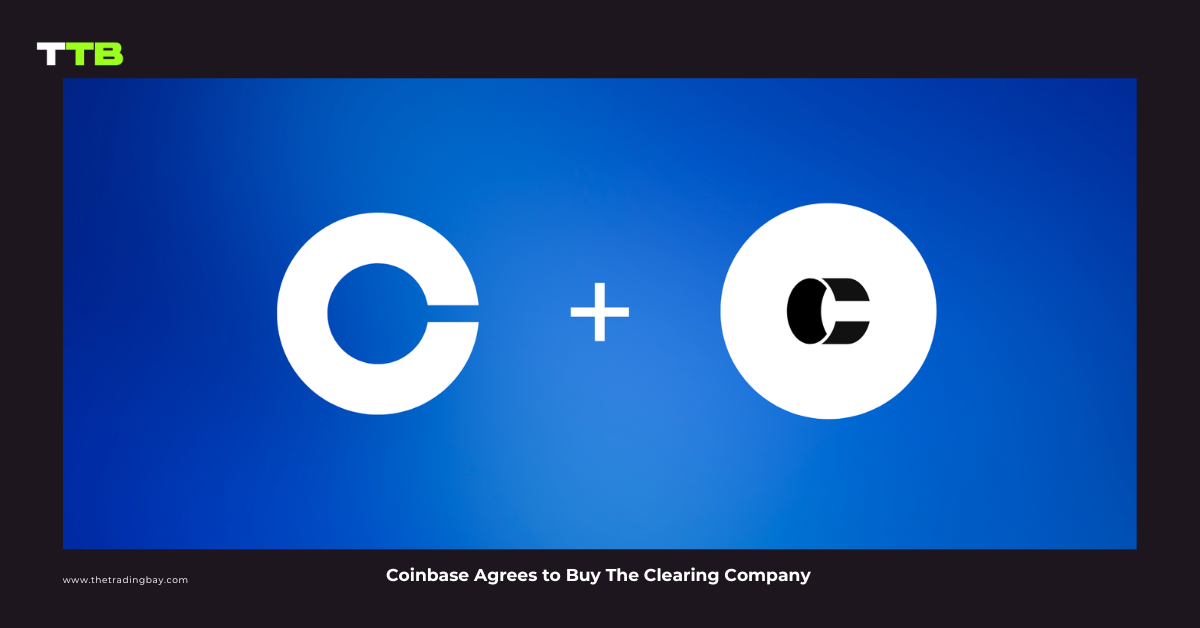Since the introduction of Bitcoin – the first cryptocurrency – in 2009, digital coins have expanded their scope and bolstered their place in the global financial system. The cryptocurrency’s underlying blockchain technology, decentralized framework, and intrinsic volatility are some of the core reasons for its surging popularity among investors and traders.
There is no denying that a rightful approach towards the crypto market can deliver substantial and quick gains compared to traditional investments; however, this higher-return asset class is also prone to higher risks. It is not rare for traders to lose all their capital quickly in the crypto arena. Therefore, it is necessary to gain solid knowledge about how to trade cryptocurrency and understand the nuances and risks of digital coins trading before diving into this space.
What are Cryptocurrencies? How do they work?
Cryptocurrencies are non-tangible, digital currencies that utilize the peer-to-peer (p2p)-exchange model. The cryptocurrencies work through a decentralized system of distributed computers (nodes) without the involvement of intermediary parties such as central banks or government authorities. Their underlying blockchain technology functions as a public distributed ledger, invigorating the currency transactions by keeping a record of all the confirmed contracts.
Crypto coins own a unique digital signature or key used to sign a transaction and prove its authenticity. Cryptography –advanced encryption and coding – allows the movement and storage of coins from one wallet to wallet and the blockchain. You should note that this DLT technology (blockchain) is responsible for the robust security of crypto networks as it does not allow any alteration or modification of database records.
Crypto Trading vs Crypto Investing
The ultimate purpose of both investing and trading is to generate profits; however, their procedures of attaining the target are divergent. Crypto investors participate in the market to achieve long-term returns over a period of months or years. Due to the long-term outlook, their expected returns are also higher.
In comparison, crypto traders fixate on short-term gains by taking benefit of the temporary price movements. Traders enter the market more frequently to achieve quick results, attributable to the volatility of digital currencies. This article will focus on how to trade cryptocurrency and what are the main trading categories & analysis methods associated with the crypto trading sphere.
How to Trade Cryptocurrency in 2022 – Step-by-step process

Here are the successive steps for approaching the markets if you want to start trading crypto.
1. Research About the Crypto Market
Before trading digital coins, firstly, you need to have definite knowledge about how the crypto market works. The cryptocurrency dynamics are fairly distinct from the fiat currencies, as most coins have fixed maximum supply or are regularly “burned” to limit the circulating supply. Moreover, diverse crypto coins operate on unique blockchains with different consensus protocols. The crypto networks also integrate disparate monetary policies that guard the development or mining of new blocks/ coins.
All such factors can impact the supply & demand balance of digital currencies. Therefore, in order to become a proficient crypto trader, you need to understand the forces and aspects that could influence the valuation of crypto assets.
2. Select a Crypto Exchange/ Brokerage Platform
After conducting the relevant research, you will have to pick a cryptocurrency platform to start trading. Crypto exchanges or brokers act as the connecting terminal between traders and virtual currency markets. Some platforms allow the standard exchange of cryptocurrencies, i.e., actual buying and selling of assets, whereas others offer crypto derivatives services such as CFDs, options, or futures trading. We will further discuss these trading categories in the next section.
Before deciding on a platform, make sure to gauge their key services and features such as fee structure, account funding methods, rules and policies, public reputation, security infrastructure, and customer support. Moreover, remain aware of the laws pertaining to cryptocurrencies in your jurisdiction and check whether a platform is authorized to operate there.
3. Make Your Account and Get it Verified
After selecting a platform, you need to sign up by providing the required personal information. Besides the basic data, all reliable exchange platforms require specific documentation to establish the viability of accounts. Accordingly, you would have to verify your identity in compliance with the KYC policy to access complete crypto trading services. Moreover, don’t forget to secure your account via strong passwords, 2FA authentication, and other methods as guided by your selected service.
4. Deposit in Your Account and Start Trading
You will have to put real money on the platform to start trading. Generally, deposits can be made through bank cards, wire transfers, and crypto wallet transfers. Here is a word of caution: carefully decide your deposit amount and only stake what you could afford to lose.
After depositing the amount, you can finally begin trading. Your trading technique, analysis skills, market knowledge, and the eventual selection of coins are some core factors that would determine how much you can extract from the market.
Before looking at the analysis methods, let us look at the two primary trading methods to partake in the digital currency domain.
Crypto Trading via Exchange Platform – Actual Buying and Selling of Coins

If you ask how to trade cryptocurrency, the most obvious answer would be: through a crypto exchange by real buying and selling of assets. Note that the trades occur on the exchanges according to the global market prices of digital coins and listed exchange rates. On an exchange platform, users can:
- Conveniently trade one digital token with the other. For instance, you can exchange Ethereum for Bitcoin or convert Litecoin to Ripple.
- Utilize fiat currency to buy crypto coins. For example, you can buy Bitcoin with standard currencies like GBP, USD, or others.
- Sell the cryptocurrency to gain regular currency. Such as, you can sell Ethereum to get USD.
- Store their coins in the integrated cryptocurrency wallet (hot wallet).
Things to Consider When Choosing an Exchange
We cannot specify any crypto exchange as the perfect trading platform as traders have diverse goals to which divergent brokers could cater. Various factors should be considered and analyzed to have a seamless and refined trading experience.
Security
Undoubtedly, the blockchain or DLT technology of crypto space has its advantages, but the absence of any central authority also poses numerous security problems. The decentralized crypto network works differently than the regular currencies; hence it has no standard protection system like ordinary banks. Consequently, it’s no surprise that crypto traders worry about the safety of their funds as no exchange is 100% secure.
What traders can do is to select an exchange that is potentially safe with a positive reputation and minimal history of hacks or scams. Moreover, you can check its customer service accessibility and for how long the platform has been successfully operational. In addition, reliable crypto platforms integrate various security protocols such as insurance policies and specialized insurance funds to guarantee the financial freedom of traders.
Associated Fees
The exchange platforms may charge numerous kinds of fees, usually including crypto converting/ exchanging fees, trade fees (maker and taker fee), and deposit or withdrawal fees. However, note that the fee magnitude (high or low) does not provide any concrete information about the quality of an exchange platform.
Some high-charging exchanges may deserve that due to their unique and advanced services, so a zero or minimum fee platform is not always the best option. Conversely, a low-fee platform may provide better facilities than the exchanges that charge more. All in all, your decision should be based on your trading goals, affordability, and whether you find the provided services reasonable within the particular fee range.
Coins Index
The major and most popular digital coins like Bitcoin or Ethereum are available at almost all exchanges. However, if you want to trade other emerging or less popular altcoins, you must opt for an exchange service that incorporates the coins you wish to trade.
For your general information, Binance, Coinbase, and Kraken are hailed as some of the best exchanges due to their vast user-base, wide collection of crypto coins, and robust security infrastructure. You can also easily learn how to trade cryptocurrency with these reputable platforms’ comprehensive resources and educational tools.
Crypto Margin Trading – How to Trade Crypto Derivatives?

Crypto derivatives trading involves leveraged products like futures, options, and CFDs where market participants speculate on the price movement of a currency for obtaining profits.
Margin crypto trading, such as trading CFDs, does not involve the actual buying or selling of digital assets as opposed to standard crypto trading. Instead, a specific margin amount (collateral) has to be set aside for opening leveraged trade positions. The utilization of leverage can deliver explosive gains with a small capital by giving an enhanced exposure to the crypto markets. However, don’t forget that it’s a double-edged sword as it can also maximize the losses if a trade moves against your prediction.
In addition, it is possible to open both long and short positions with crypto CFDs trading. As a result, traders can take advantage of the bearish markets as well.
You can start trading crypto derivatives with various brokers offering leverage trading products. Many crypto exchanges like Binance and Kraken also provide brokerage services for derivatives trading besides the regular exchange services.
Please note that trading CFDs is quite risky and challenging in itself; thus, select a regulated and trusted platform to avoid unnecessary problems.
Essential Things to Consider When Choosing a Crypto Broker
Besides assessing a platform’s standard features like security structure and variety of trading pairs, other components worth considering include,
Regulation and Authorization to Operate in Your Jurisdiction
As crypto margin trading is not permitted in some countries, make sure to check the laws and policies regarding it in your locality beforehand. However, residents of most countries can safely participate in derivatives trading without much restriction. In addition, going for a regulated broker with a strong security network and transparent policies is always a good approach.
Qualification Criteria to Use Derivatives Trading
Several crypto exchanges implement a criterion that must be met to be eligible for leverage trading. In contrast, many exchanges do not apply any strict criteria and offer margin trading to all with only basic verification. You should assess such requirements, if any, put forward by the platform to determine your suitability for it.
Spreads or Fees
Charging via spread (difference between the bid/ask prices) is the primary money-making source of brokers, yet some charge commissions instead of applying spreads. A broker may also charge an overnight fee or premium fee. It would help if you carefully analyze the spread range offered by brokers and avoid ones with unclear cost structures or unstable spreads.
Trading Tools
Margin traders require several charting tools and indicators to efficiently study market patterns. Look for a broker with a diverse collection of trading instruments and risk-management tools to timely spot trade opportunities and avoid unbridled losses.
Market analysis – How to pick out the promising crypto assets?
A correct market analysis is the bedrock of profitable trading. Though the concept of analyzing markets may seem complex, it becomes quite straightforward when you know that markets are a simple manifestation of the buyers’ and sellers’ activity. These parties make decisions according to numerous technical readings and fundamental data that move the price (upward or downward). To ascertain how to trade cryptocurrency in a proficient manner, let us look at the two core market analysis methods.
Fundamental Drivers
Crypto fundamental analysis specifies an asset’s actual value/potential as manifested by its underlying components and technology. With this outlook, traders can identify whether a security is priced “faithfully” to its deserving value and holds stable fundamentals or is just undergoing a fad/ groundless popularity with no solid foundation. Here are some basic factors to consider if you want to learn how to trade cryptocurrency according to its fundamentals.
Technical Parameters
You should evaluate a crypto network’s “technical specifications” and “operational structure” to determine its integrity and stability. What is a network’s average transaction time or block time? How strong is its security infrastructure? What is its maximum token supply and consensus protocol? Has it a stable internal governance system? If yes, how power is distributed between the stakeholders? By fairly appraising these questions, you can establish if a particular crypto blockchain is a good investment choice.
Founders Behind the Asset – How Do They Plan to Expand and Market the Currency?
In order to judge the potential of a crypto project, it is essential to check the record and credentials of developers behind it. You can examine what programmes they have worked on previously and how serious they are regarding the current project. Moreover, you can scrutinize how they plan to expand their technology and promote it among the community members, institutions, and other important players. Such information can be accessed through numerous open-source websites and the company’s released whitepaper.
Blockchain Data (Supply and demand)
By observing the blockchain data, such as the transactions’ frequency, traders can estimate how much attention an asset is receiving from the community. On-chain data can also exhibit other useful information, including the transactions speed, cost, and the supply and demand balance of relevant currencies. That being said, the levels of supply/demand can be predicted by checking if the relevant coin has a fixed maximum supply, no supply cap, or does it integrate a “burn” protocol.
Liquidity
A reasonable trading volume is essential for trading crypto assets effectively. If a pair has low liquidity, it leads to higher spreads indicating a dormant/inactive market. Therefore, you should check whether the average daily volume of the relevant coins is suitable and if the coins are available at the majority of exchanges.
Technical Analysis
Besides the fundamental aspects, you can also analyze the cryptocurrency’s potential and speculate on its valuation through technical analysis. This analysis technique involves predicting the future price direction by studying the historical price patterns. Its concept is based on the fact that price moves in repeatable cycles and history repeat itself. That being said, technical analysis is an extremely vast domain that incorporates countless courses of action. As all cannot be covered at this point, here are some of its principal components if you want to learn how to trade cryptocurrency via technical analysis.
Market Phases
Generally, the crypto market has three or four phases that it keeps repeating. By identifying these phases, namely the price uplift, consolidation, ranging, or decline, traders can take the most suitable trade position.
Numerous factors bring forth these cycles or, in other words, drive the prices. Some entities with massive funds own the ability to move the market. By keeping in cohesion with them, you can extract substantial profits.
Moreover, the emotional decisions of traders heavily influence the market trajectory; for instance, panic selling or euphoric buying can cause extreme price movements outside the scope of fundamentals. A capable trader is one who remains a step ahead of others by taking advantage of the prevailing market sentiment, effectively predicting the upcoming market cycle.
Charting and Indicators

Technical indicators and charting tools are the kernels of technical analysis. These instruments allow the traders to get a comprehensive overview of the market and strike at the right opportunity.
To note some of them:
- Support and Resistance are the key price levels where the price may stop and reverse due to the opposing buying or selling pressure. The price floor (support) and ceiling (resistance) serve as good trade entry or exit areas.
- Breakouts appear when a previous key zone is breached, resulting in a subsequent upward or downward price activity.
- Trending Channels refer to the price activity when it moves in an ascending or descending direction within a fixed channel or range.
- Moving Average is the technical indicator that presents an average of the previous price data over a specified period. It appears as a line on the price graph and indicates the market trends.
- Fibonacci Retracement displays some mathematical levels to which the price could shortly retrace/pullback before continuing its dominant direction
Price Patterns – Continuation and reversal
On the crypto price graphs (the most popular is the candlestick chart), various patterns take shape frequently. As a trader, you should know what the price formations tell you to beneficially navigate the markets.
Patterns like pennants, flags, and wedges indicate the continuation of an ongoing trend. At the same time, several patterns like head and shoulders, triple or double bottom and tops are known for implying a price reversal.
You may also like: What is Forex Trading and How Does it Work? – 5 Easy to Follow Steps
Closing thoughts
Despite being a relatively new asset class, cryptocurrency has become one of the top choices among investors and traders. With each passing year, new and innovative features are introduced to blockchain technology, boosting its popularity.
By thoroughly understanding how to trade cryptocurrency, the dynamics of the crypto market, and which factors impact its valuation, both long-term and short-term traders can attain significant returns from the crypto space. However, you should note that although the high volatility of digital assets provides lucrative opportunities, it also amplifies trading risks. Therefore, before embarking on your crypto trading ventures, make sure to attentively evaluate your trading goals, analysis skills, risk capacity, and how well can you take the market pressure if you want to succeed in this sphere.












